
In the mountainous districts of Lao Cai province, people's lives are still difficult, and health care conditions are limited. Therefore, local Party committees and authorities always pay attention and focus on investing in facilities, improving the quality of health services, ensuring health care and protection for the people.
At the end of February 2024, Simacai District Medical Center officially put the 32-slice CT Scanner system into operation. The investment in a modern CT scanner is important in diagnosing and treating a number of complex diseases such as cardiovascular, thoracic, cranial, vascular; emergency cases such as appendicitis, perforated hollow organs, intestinal obstruction... contributing to improving the quality of medical examination and treatment at the unit, reducing the burden on upper levels.

Recently, the signing of medical cooperation agreements between Lao Cai Provincial People's Committee and central hospitals has also opened up opportunities for medical units in disadvantaged localities such as Si Ma Cai to receive professional support. Currently, there are 2 resident doctors from Hanoi Medical University Hospital working at Si Ma Cai District Medical Center. The doctors not only directly examine people but also guide and transfer new techniques, improving the capacity of the district's medical staff. The National Children's Hospital has also signed a cooperation agreement to transfer techniques in medical examination and treatment with the unit.
Currently, in the highlands of Lao Cai, there are still cases of early marriage, teenage births, and consanguineous marriages. In addition, the rate of malnutrition and women giving birth at home is still high, and the rate of pregnant women and newborns being screened for diseases is still low. Compared to the whole country, the comprehensive human development index of Lao Cai is still low. The average life expectancy is only 70 years (the whole country is 73 years), the healthy life expectancy is 63 years. Although maternal mortality, child mortality, and child malnutrition have decreased, they are still higher than the national average and there are differences between districts.

For example, in Bac Ha district, the rate of mothers and newborns receiving postnatal care is only 77.98%; the rate of births at medical facilities is only 79%; the rate of newborn screening is only 50%; the rate of stunting is still high at 23.4%, especially in some communes such as Thai Giang Pho (37.4%); Hoang Thu Pho (31.7%)...
In early December 2023, the Ministry of Health issued Decision 4440, assigning Hai Phong Obstetrics and Gynecology Hospital to be in charge of directing the obstetrics and gynecology sector in Lao Cai province. Hai Phong Obstetrics and Gynecology Hospital has developed a plan to organize many training activities and transfer medical techniques to Lao Cai Obstetrics and Pediatrics Hospital and district hospitals in Lao Cai province, including many important techniques such as obstetric and neonatal emergency treatment and laparoscopic surgery.
Hai Phong Obstetrics and Gynecology Hospital also cooperated with Lao Cai Obstetrics and Pediatrics Hospital to organize free medical examination and treatment for ethnic minorities in mountainous and border districts. Hundreds of women and children in Bac Ha received free medical examination and medicine.

Medical experts from Hai Phong Obstetrics and Gynecology Hospital also provided specialized obstetrics and gynecology expertise and updated training on new guidelines on hemostasis methods in the treatment of postpartum hemorrhage in Bac Ha and Simacai districts. The practical support activities of Hai Phong Obstetrics and Gynecology Hospital have helped medical facilities improve their capacity for examination and treatment of obstetrics and gynecology, contributing to reducing mortality and complications in mothers and newborns in ethnic minority areas.
With the professional support of central hospitals, the provincial health sector has maintained Project 1816 on rotating professional staff from upper-level hospitals to lower-level hospitals, which has brought about positive changes in health care in the highlands.

Source








![[Photo] General Secretary To Lam attends the 80th Anniversary of the Cultural Sector's Traditional Day](https://vstatic.vietnam.vn/vietnam/resource/IMAGE/2025/8/23/7a88e6b58502490aa153adf8f0eec2b2)




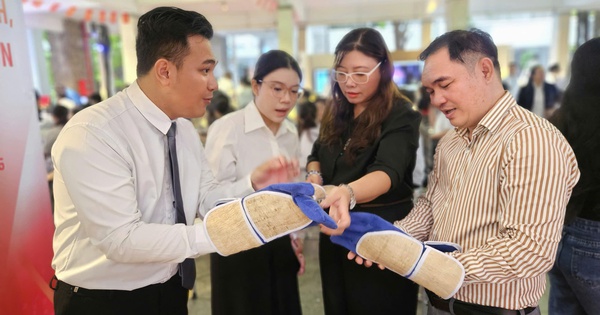




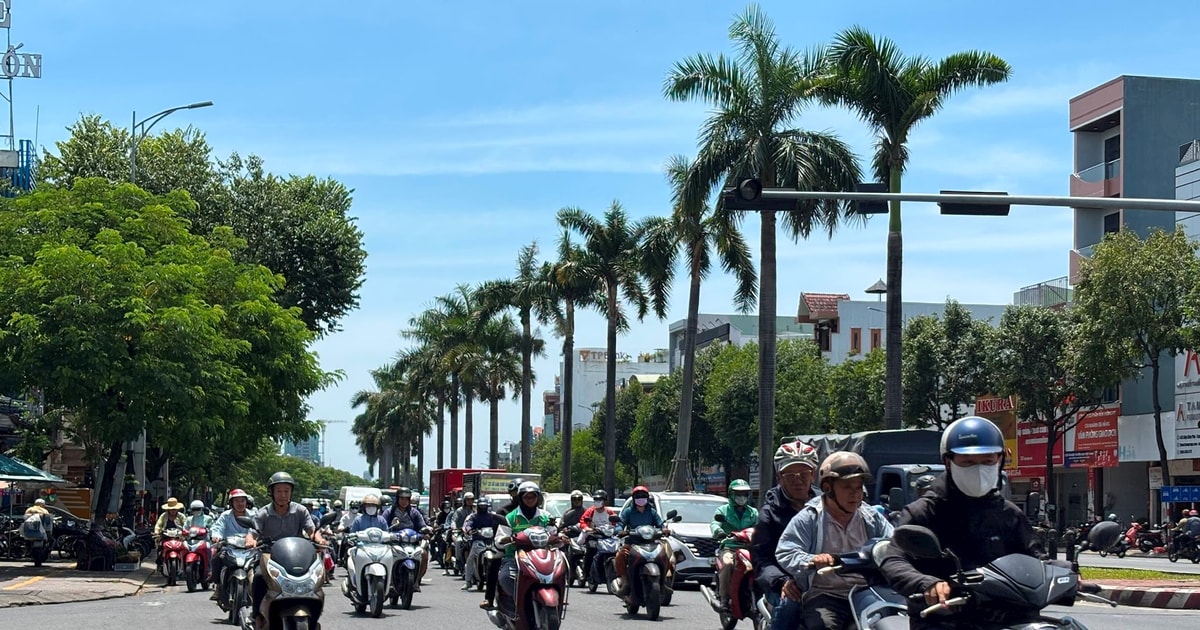

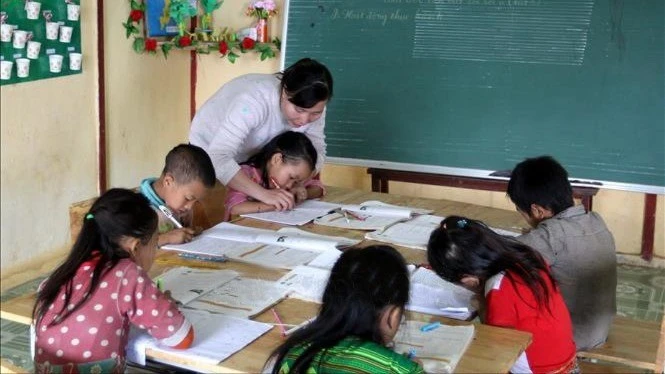


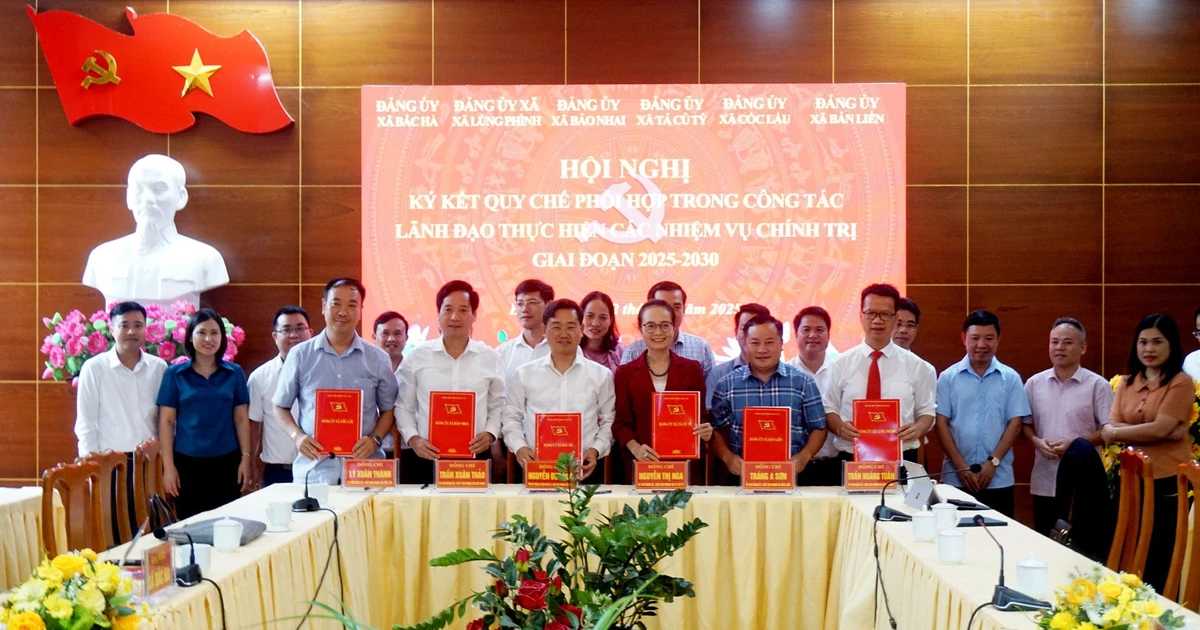

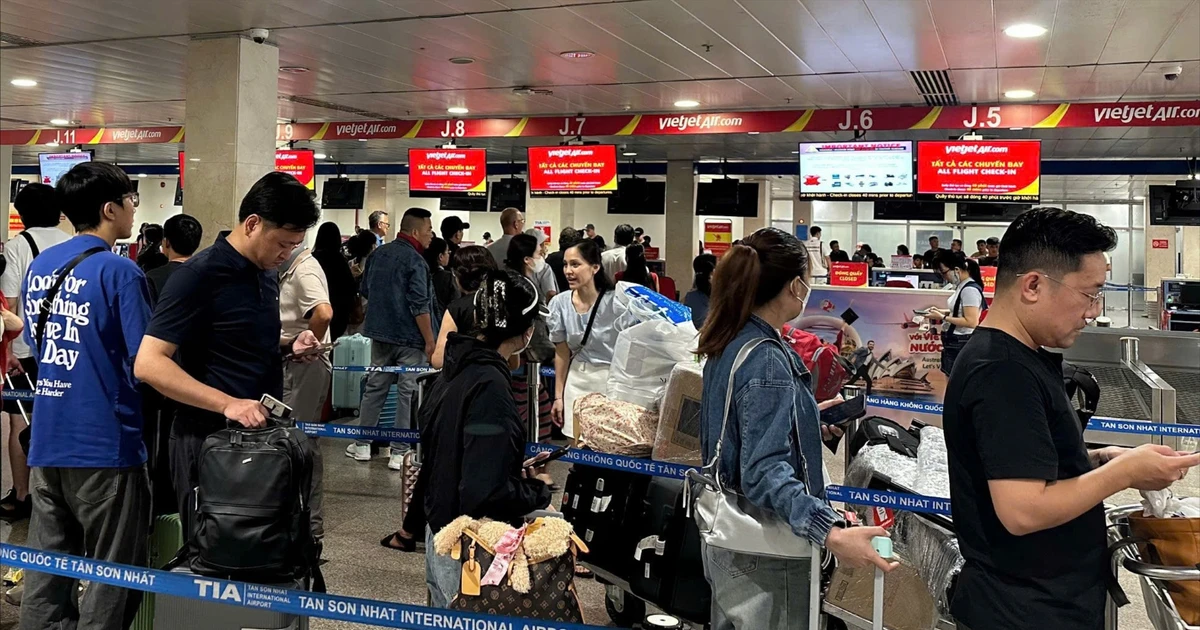








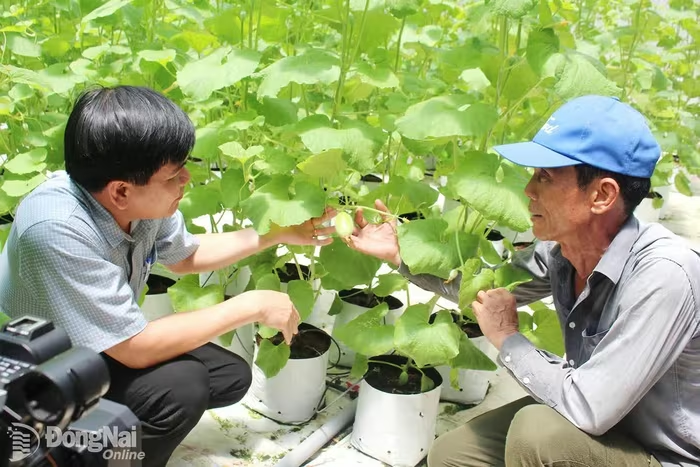











































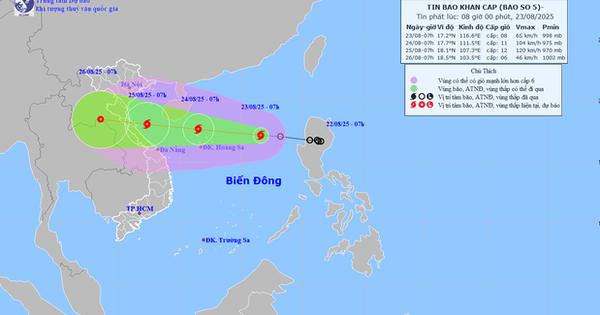





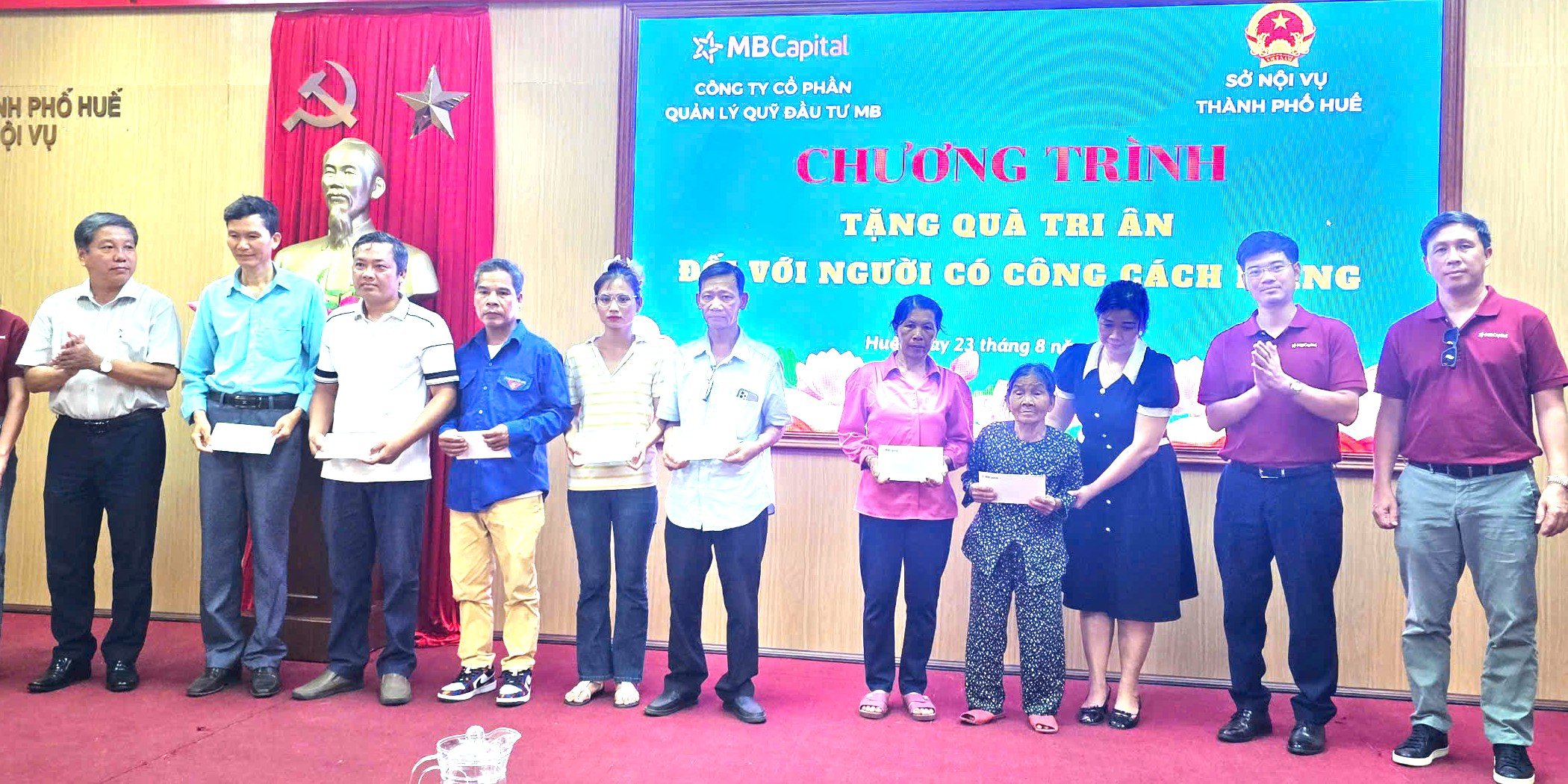

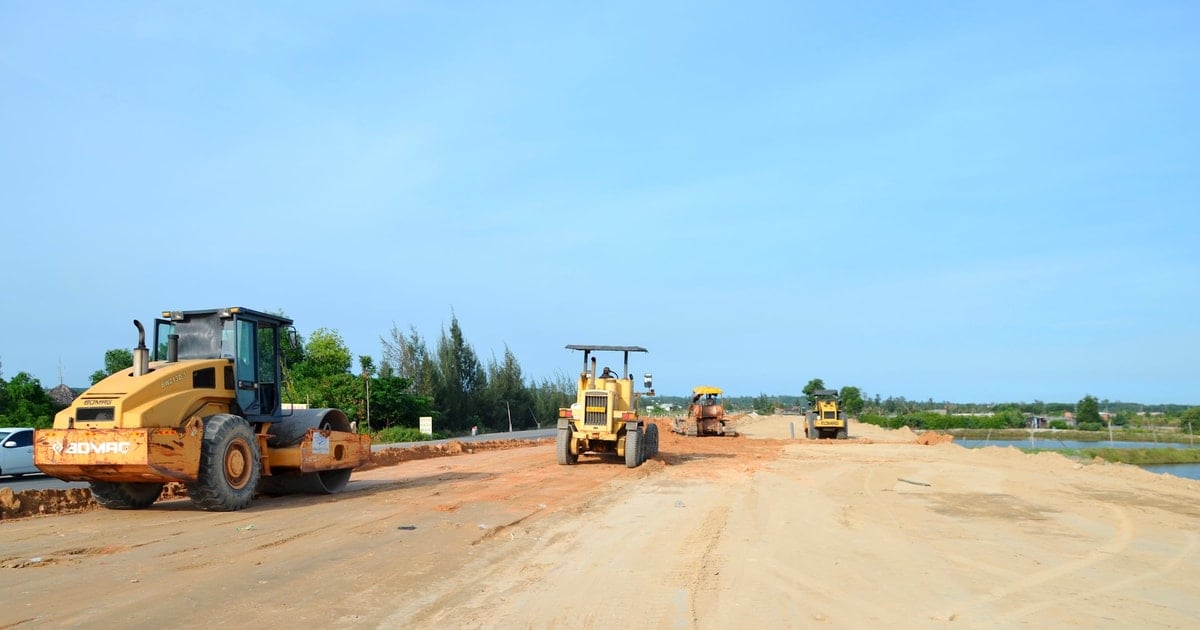
















Comment (0)